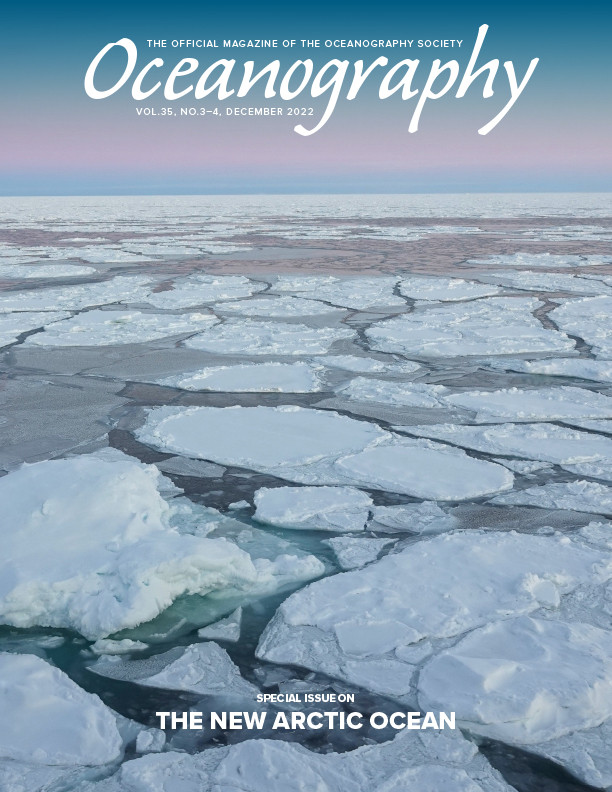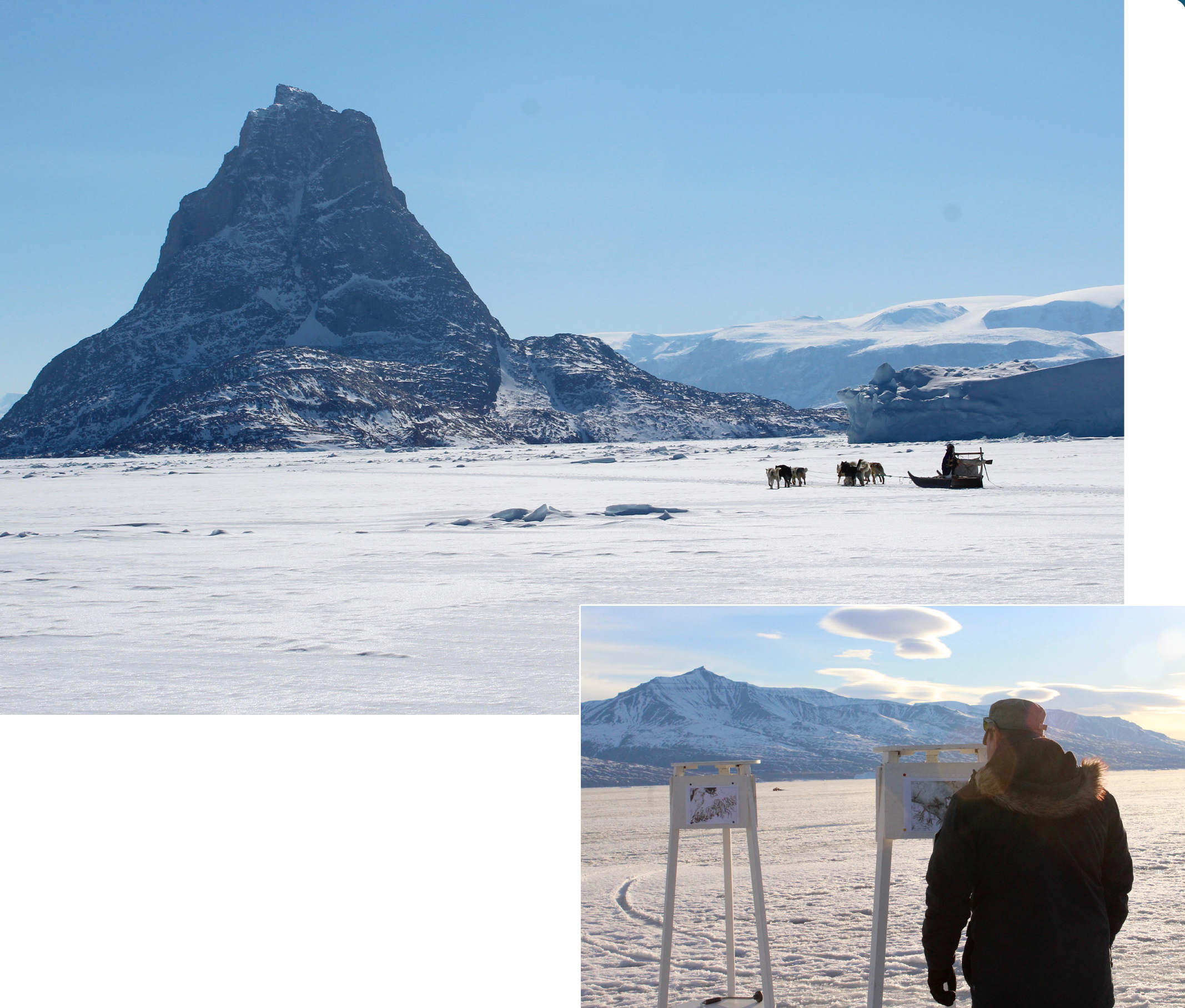Full Text
Sea ice formation in the Arctic Ocean has long fascinated scientists for its impacts on ocean circulation, temperature-albedo feedbacks, and weather in the mid-latitudes. However, before scientists started studying sea ice, Indigenous peoples and local communities whose livelihoods depended on it generated a vast body of sea ice knowledge (Krupnik, 2010). Indigenous and local knowledge systems have their own contextual frameworks, methodologies, and validation processes that differ from those of scientific knowledge (Petersen, 2010). Now that sea ice is declining, scientists and Arctic residents share a common concern about the future of sea ice and are becoming increasingly interested in each other’s study methods (Huntington et al., 2022). Importantly, scientists have recently begun to respond to the call from Arctic Indigenous Peoples (Arctic Council Permanent Participants, 2018) and the Arctic Council (2018) for their engagement with and recognition of the qualitative contributions other knowledge systems can offer scientific knowledge production.
Recognizing the power of different knowledge systems and acknowledging the history of extractivist practices in science on Indigenous lands, our US National Science Foundation funded Navigating the New Arctic project aims to study sea ice in ways that provide value to both scientists and residents of Uummannaq Bay, Greenland (70°40'N, 52°07'W). We are involving local residents and institutions at all stages of the project, from planning to dissemination. The variety of research methods being used includes satellite and airborne remote sensing, quantitative modeling, qualitative approaches (including ethnographic and semi-autobiographical storytelling), and community-based monitoring, all of which are co-produced, supported, and guided by the residents of Uummannaq Bay. Our focus on knowledge co-production ensures that findings of our project may be useful for local planning and policy development as well as for increasing a sense of personal and community well-being and sense of security through a strengthening of knowledge about one’s surroundings.
|
|
The Uummannaq Bay region is home to around 2,229 people living in eight settlements (Statistics Greenland, 2021). These communities exemplify some of the many changes and developments, transitions, and stressors affecting Greenlanders and their environment, including regional population declines, socioeconomic and political transformations, and increased hazards. In particular, the region has undergone substantial environmental change in the twenty-first century. Annual surface air temperatures and subsurface ocean temperatures warmed by nearly 2°C between 1995 and 2010 (Holland et al., 2008; Howat et al., 2010). In 2015, residents reported that the sea ice “is gone around May” and “doesn’t get really thick” in comparison to past decades (Baztan et al., 2017). These environmental changes have serious impacts on the Uummannaq Bay communities, where subsistence production continues to play a considerable role in material support and cultural identity.
In spring 2019, a project team visited Uummannaq for the planning stage of our project. The goal was to learn about which aspects of sea ice most interested the local residents and how we could make our scientific knowledge more relevant. We started by presenting the project to local hunters, fishers, and youth. Using maps of Uummannaq Bay that we printed out from high-resolution Sentinel-2 satellite imagery, youth and elders alike identified their settlements as well as hunting and fishing spots. We also presented graphs showing the timing of sea ice breakup in Uummannaq Bay over the past 20 years based on our preliminary remote sensing analysis. We learned that our scientific results were often corroborated by people’s memories. For instance, people generally agreed that the sea ice melted early in 2016 and did not form around Uummannaq in 2005. This early-stage meeting made our intentions clear and increased opportunities for feedback on our research.
Overall, it was clear that residents are concerned about the dwindling sea ice. We learned, however, that there are economic incentives toward earlier sea ice breakup. One of the major findings of our field trip was discovering that sea ice around the town of Uummannaq is deliberately broken up almost every year so that cargo ships can export fish stored in the fish factory’s freezers. The largest economic activity in Uummannaq, fishing occurs almost year-round except during breakup and freeze-up when the ice is unsafe. At some point in spring, the freezers are full, and no one can sell additional fish to the factory. On May 10, 2019, an ice-strengthened vessel arrived to initiate the breakup of sea ice in the fjord so that cargo ships could enter Uummannaq harbor. We had not anticipated the human intervention on sea ice breakup, and it provides a cautionary lesson for researchers—without being in Uummannaq, we could not have known about the actual cause of sea ice breakup in 2019 and learned how frequently this human intervention occurs. Our scientific knowledge is useful to a point, but Indigenous knowledge and local knowledge are prerequisites for fuller understanding of an environmental system.


